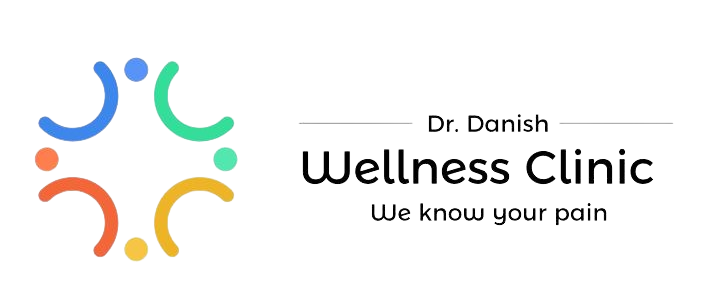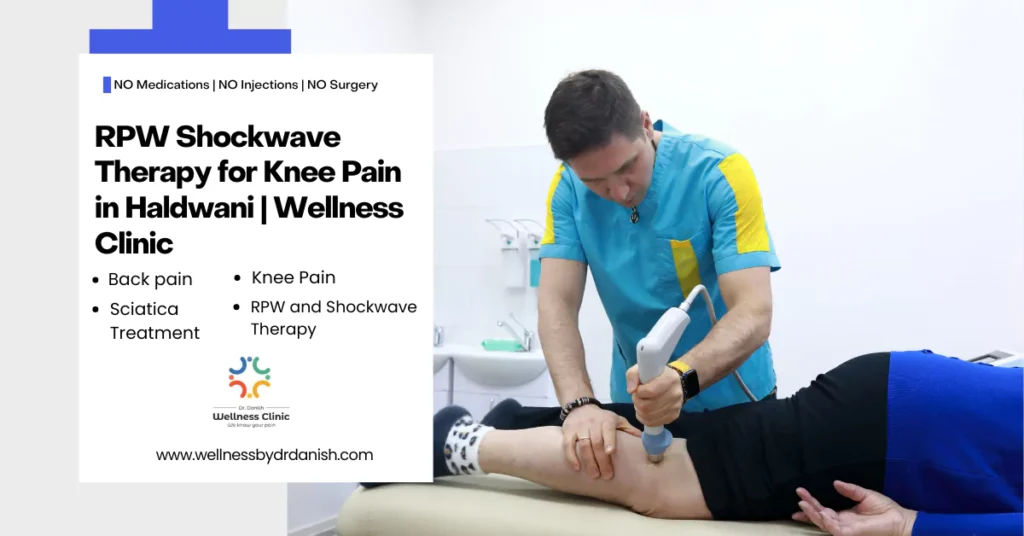Are you tired of living with persistent knee pain? RPW Shockwave Therapy might be the solution you’ve been searching for. This innovative treatment is gaining popularity for its effectiveness in alleviating knee pain and promoting healing. Keep reading to learn more about how RPW Shockwave Therapy can help you regain mobility, the causes of knee pain it addresses, and the treatments available through this innovative therapy.
What is RPW Shockwave Therapy and how will it cure my knee pain?
RPW Shockwave therapy, also known as Radial Pulse Wave Therapy, is a non-invasive medical treatment used to relieve pain and promote healing in various musculoskeletal conditions, including knee pain.
During the therapy, a device generates high-energy acoustic waves that are directed towards the affected area. These waves penetrate the tissues and stimulate the body’s natural healing process by increasing blood flow, promoting tissue regeneration, and reducing inflammation.
In the case of knee pain, RPW Shockwave therapy can target specific areas of discomfort, such as tendon or ligament injuries, osteoarthritis, or other chronic conditions affecting the knee joint. By stimulating the body’s healing response, the therapy aims to reduce pain, improve mobility, and enhance overall function of the knee joint.
Causes of Knee Pain
Knee pain can stem from various sources, including injuries, overuse, arthritis, and underlying medical conditions. Factors like age, weight, and lifestyle can exacerbate the discomfort.
Consequences of Untreated Knee Pain
Ignoring knee pain can lead to worsening symptoms, decreased mobility, and long-term damage to the joint. It’s crucial to address the issue promptly to prevent further complications.
How RPW Shockwave Therapy Works
Mechanism of Action
RPW Shockwave Therapy works by giving acoustic waves directly to the affected area, triggering a cascade of biological responses. These waves stimulate blood flow, increase cellular metabolism, and promote the release of healing factors, aiding in tissue repair.
Benefits of RPW Shockwave Therapy
- Non-invasive: Unlike surgery, RPW Shockwave Therapy does not involve incisions or anesthesia.
- Pain Relief: It helps alleviate pain by targeting the source of discomfort.
- Accelerated Healing: RPW Shockwave Therapy promotes faster recovery and tissue regeneration.
- Minimal Downtime: Patients can resume their daily activities shortly after treatment.
Conditions Treated with RPW Shockwave Therapy
RPW Therapy has shown effectiveness in treating various knee conditions, including:
- Osteoarthritis: Helps reduce inflammation and improve joint function.
- Tendinitis: Aids in the healing of inflamed tendons.
- Bursitis: Relieves pain and inflammation in the bursa sacs.
- Patellar Tendinopathy: Addresses issues with the patellar tendon.
The RPW Shockwave Therapy Procedure
Preparation
Before the treatment, the healthcare provider assesses the patient’s medical history and performs a physical examination to determine the suitability for RPW Shockwave Therapy.
Treatment Process
During the procedure, the therapist applies gel to the skin and uses a handheld device to deliver shockwaves to the targeted area. The intensity and duration of the treatment may vary depending on the condition being treated.
Recovery
Most patients experience immediate pain relief after the therapy. However, multiple sessions may be required for optimal results. The recovery process is generally quick, with minimal discomfort.
Success Rates and Efficacy
RPW Shockwave Therapy has shown promising results in numerous clinical studies, with high success rates in reducing pain and improving function in patients with knee conditions. However, individual outcomes may vary.
Risks and Side Effects
While RPW Shockwave Therapy is considered safe, some potential side effects may include temporary soreness, bruising, or redness at the treatment site. These symptoms typically subside within a few days.
Alternative Treatments for Knee Pain
In addition to RPW Shockwave Therapy, other treatment options for knee pain include physical therapy, medication, injections, and surgery. The choice of treatment depends on the severity of the condition and the patient’s preferences.
Wellness Clinic in Haldwani
If you’re ready to find relief from knee pain or other musculoskeletal ailments such as neck pain, waist pain, joint pains, shoulder pain, upper and lower back pain, slip disc, sciatica, sports injuries, or the healing of wounds, consider visiting Dr. Danish Wellness Clinic. They specialize in personalized solutions tailored to your specific needs, using advanced treatments like RPW Shockwave therapy, German Matrix Rhythm Therapy, German Class IV Laser Treatment, and more.
Frequently Asked Questions [Treatment for knee pain]
1- Is RPW Shockwave Therapy painful?
RPW Shockwave Therapy may cause some discomfort during the procedure, but it’s generally well-tolerated by most patients.
2- How many sessions of RPW Shockwave Therapy do I need?
The number of sessions required varies depending on the individual’s condition and response to treatment. Your healthcare provider will recommend a personalized treatment plan.
3- Are there any restrictions after RPW Shockwave Therapy?
Patients are typically advised to avoid strenuous activities for a short period following treatment to allow for optimal recovery.
4- Is RPW Shockwave therapy suitable for everyone?
RPW Shockwave therapy may not be suitable for individuals with certain medical conditions, such as pregnancy, bleeding disorders, or pacemakers. It’s important to consult with a healthcare provider to determine if RPW Shockwave therapy is right for you.
5- Can this therapy be used for chronic knee conditions?
Yes, RPW Shockwave Therapy has shown effectiveness in managing chronic knee conditions by promoting healing and reducing pain.
6- What to avoid after shockwave therapy?
Rest as much as necessary once you’re home. You can do your usual activities, but avoid hard exercises or sports for at least a week.

